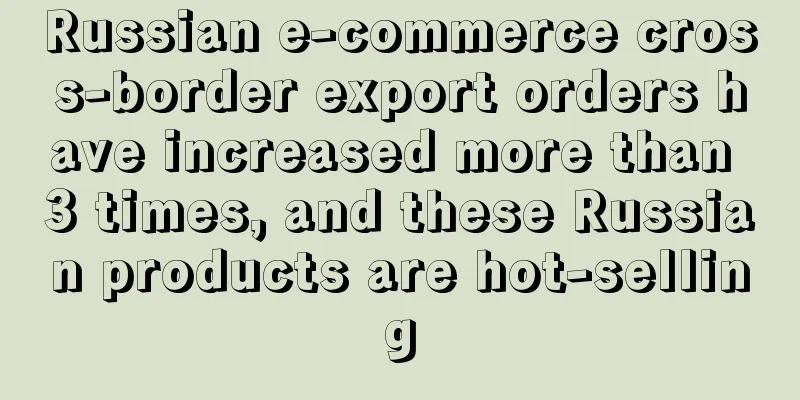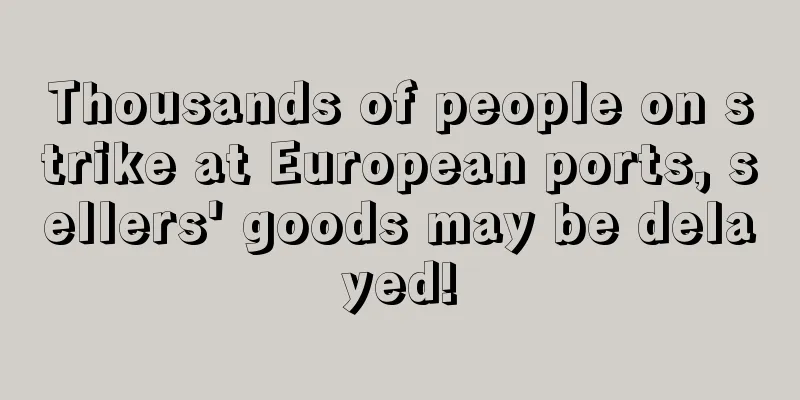Russian e-commerce cross-border export orders have increased more than 3 times, and these Russian products are hot-selling

|
According to data released by DHL, the growth rate of online orders for cross-border exports in Russia more than tripled last year , compared with only 50% at the end of the first quarter of last year. DHL also said that the number of active e-commerce platforms and online stores using the company's logistics services also increased threefold last year (including e-commerce companies that previously operated only in the Russian market).
The United States, Israel, the United Kingdom, Latvia, Germany, Canada, France and Australia are the countries that like to shop most on Russian e-commerce platforms and online stores. In the past year, Russian fashion and beauty, home and interior products, home leisure products, and sporting goods (including sports shoes and clothing) have been particularly popular among consumers in these countries.
Under the influence of the epidemic last year, Russian e-commerce has achieved good results in the development of Russia and overseas. Russia's largest e-commerce platform WB (Wildberries) said that last year the platform's cross-border export sales increased by 95% year-on-year compared with 2019, reaching 23.7 billion rubles (about 2.06 billion yuan), and sales increased by 138% year-on-year.
In order to help Russian e-commerce companies expand beyond Russia and increase the conversion rate and order volume of Russian sellers, DHL launched a new service last year, which is to pay the buyer's tariffs to Russian cross-border sellers in the destination country. DHL experts believe that this service will also be very important in 2021 because it will enable Russian e-commerce companies and online stores to maintain their market competitiveness.
In addition, DHL has other attempts in Russia. It is reported that Russian Post and DHL are participating in a new cross-border return policy in Russia. In order to solve the problem of cross-border e-commerce returns, participants in the Russian e-commerce market proposed to mark Russian online export goods in a special way so that customs can identify such goods when they are returned to Russia.
For example, a Russian overseas consumer ordered a pair of sneakers from a Russian e-commerce or online store. The product has been shipped, but the consumer found that the size was wrong and requested a refund. For such online export goods returned to Russia, the Russian e-commerce or online store seller must pay tariffs for these goods. Russia E-commerce |
<<: Big news! Amazon's home category is booming, here are 8 trends you can't miss
Recommend
Strong crackdowns on infringing import and export products at home and abroad
Foreign media reported on August 26 that the four...
This e-commerce platform with hundreds of millions of buyers has changed
Thanks to the hit romance TV series "Crash L...
What is diyshowercurtains? diyshowercurtains Review, Features
DIYShowerCurtains store is not only an online reta...
It’s peak season! Here comes the winning guide for cross-border sellers~
The peak season is counting down , go for it! All...
What is Product Ident (Opuan Consulting)? Product Ident (Opuan Consulting) Review, Features
Product Ident (Opuan Consulting) was founded in 2...
Sales volume exceeds 10 billion! Another big seller becomes popular in Southeast Asia
Some people say that with the arrival of the &quo...
What is Zhongliansheng International Logistics? Zhongliansheng International Logistics Review, Features
Zhongliansheng International Logistics is a third...
What is Wish Brand Partner? Wish Brand Partner Review, Features
Wish is committed to creating a zero-counterfeit ...
Daily GMV exceeds $1.5 million, Temu plans to surpass SHEIN in 5 years
The news of Pinduoduo's expansion into the Un...
Sales soared 58,000%, and this home furnishing product was sold out in Canada
Fashionable and popular items are emerging from t...
What is Codapay? Codapay Review, Features
<span data-docs-delta="[[20,{"gallery"...
A live broadcast sold nearly 7 million yuan! Pearls became a big hit
Domestic consumers have an increasing demand for ...
Henan, we will shoulder the responsibility together! E-En and cross-border industries are taking action to fight against floods and provide disaster relief
Recently, Henan Province suffered a "once-in...
Macy's to launch third-party marketplace after Amazon fails
Macy's, a well-known American department stor...
What is male wolf
Shenzhen Gonglang Network Technology Co., Ltd. (&...









